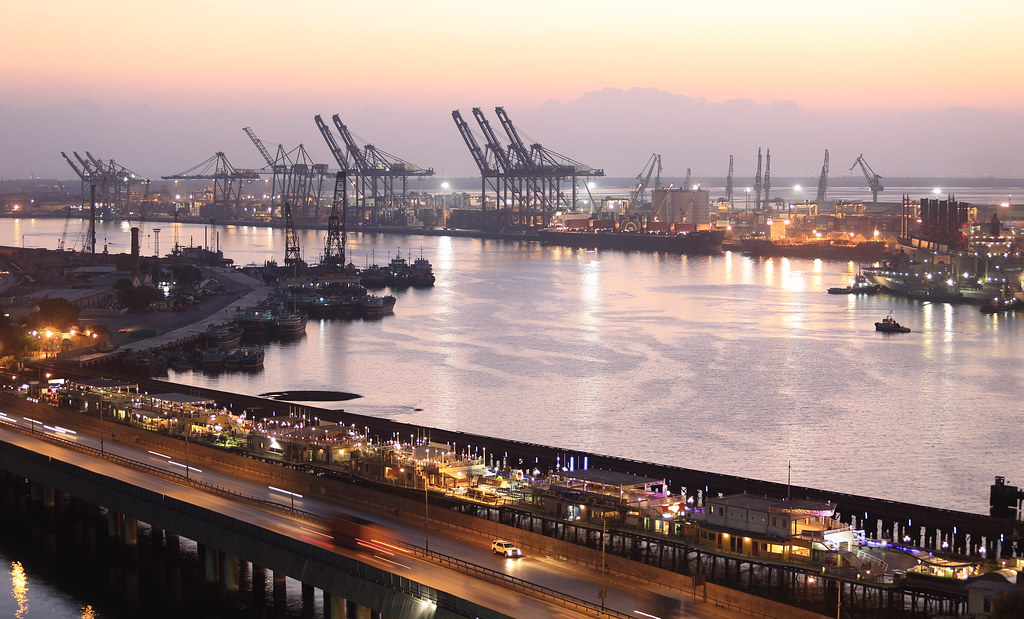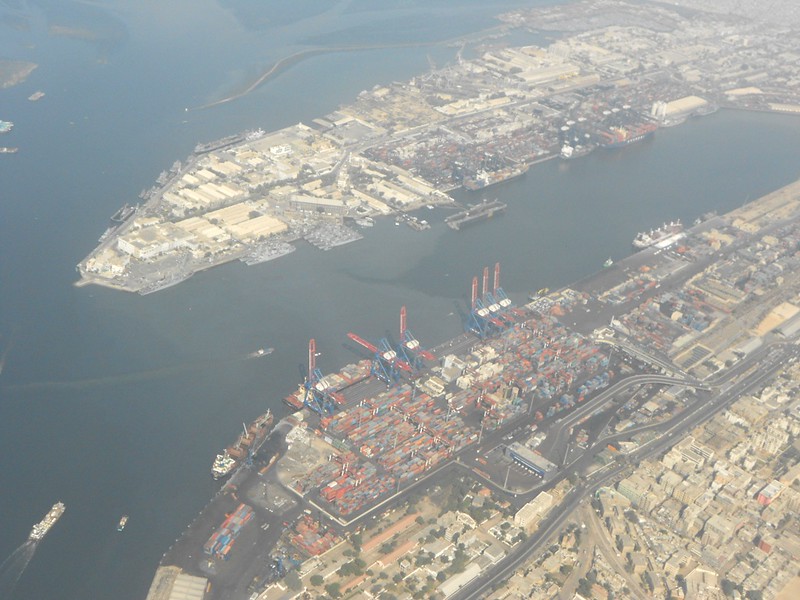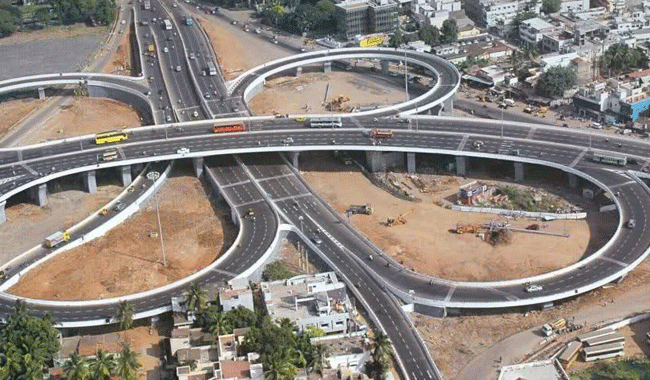Lil Mathew
BANNED

- Joined
- Aug 19, 2013
- Messages
- 1,151
- Reaction score
- -5
- Country
- Location
A better read is below..This is written by an Iworld. in Quora, in which areas, Pakistan is ahead of India...seems plausible except for one or two.
Areas Pakistan is ahead of India.
1) Road Infrastructure.
2) Clean Energy - hydro electricity
3) Diplomacy and Foreign Policy - much ahead than India
4) Intelligence Service (ISI)
5) Population homogeneity
6) Resource Availability per capita
7) Access to electricity, I may add 90% of the population has access to electricity, the power lines are there...but power shortage makes it difficult as of now...
8) Far ahead in water access, water equity, sanitation access, and sanitation equity.
9) Urbanization
10) Less Population density.
11) Per Capita Meat Consumption
12) Less poverty
13) Less inequality, India ranks two in the world with most un-equality, after Russia at number one in income distribution.
14) Gased Pipeline, Pakistan has 10,000 Km of gas pipeline and India 11,000 or so. Looking at the size and land mass Pakistan is much ahead.
15) CNG usage, more than 6 million cars and buses on CNG in Paksitan, more than 17,00 CNG stations nationwide.
http://tribune.com.pk/story/883648/...n-improving-water-and-sanitation-study-shows/
The below is an article by section officer in the Ministry of Commerce( Pakistan) in 2014.
This report based on Global Competitiveness Report (GCR) 2014-15 for 144 economies around the world
That year India ranks 71 and Pakistan ranks 129..
In 2016 India 39 Pakistan 122
http://www.thefridaytimes.com/tft/are-we-better-than-india/
.
Are we better than India?
Muhammad Umer Saleem Bhatti TFT Issue: 17 Oct 2014
Self esteem is important, but so is rational self-reflection
There is a perception among our countrymen these days, a rousingly ethnocentric one, that Pakistan is better than India by almost all means. We think our military is better than India’s, our people are more beautiful than Indians, Pakistanis are unbiased and Indians are discriminatory, Pakistanis are more hospitable than Indians, and if there would be a war, Pakistan would wipe India out.
But, the basic question is, do these things really matter in an ever evolving and progressing world, especially when the war front has been switched from the military supremacy to the economic supremacy? Economic independence and development is the name of the game in today’s world.
Most Pakistanis think high of themselves and their country vis a vis India because a person’s or nation’s self esteem demands it. Indians, or people from any other country, would think the same. But let us judge our perception on the anvil of neutrality, impartiality and objectiveness to reach a definitive conclusion about its validity.
The World Economic Forum (WEF) has released its Global Competitiveness Report (GCR) 2014-15 for 144 economies around the world. The different aspects of competitiveness are captured in twelve pillars that compose the Global development Index (GCI). Out of 144 economies, 1 is the best and 144 is the worst ranking. There is first an overall ranking for a country, then a ranking for each pillar of GCI, and then sub-rankings of different sub-pillars.
The twelve pillars of GCI include institutions, infrastructure, macroeconomic environment, health and primary education, higher education and training, goods market efficiency, labour market efficiency, financial market development, technological readiness, market size, business sophistication and innovation.
The overall ranking for Pakistan is 129 out of 144. The same for India is 71. For institutions, Pakistan stands at 123 and India at 70. Pakistan ranks at 119 for the pillar of infrastructure and India at 87. For the sub-pillar of quality of roads infrastructure, Pakistan is at 75 and India is at 76 and for the sub-pillar of quality of railroad infrastructure, Pakistan and India are at 72 and 27 respectively. For port-infrastructure, Pakistan is at 59 and India at 76.
Macroeconomic Environment pillar’s ranking for Pakistan is 137 and same for India is 101. For the sub-pillar of Gross National Savings as a percentage of GDP, India stands way ahead of Pakistan with a ranking of 18 in comparison to Pakistan’s 120. For annual inflation percentage change, India is doing worse than Pakistan at 133 against 120 and for government debt percentage of GDP; again Pakistan beats India by 4 points at 106 against India’s 110.
Talking about the fourth pillar of health and primary education, Pakistan is at 129 against 98 of India. The most striking difference between the two countries in this pillar lies in the sub-pillar of HIV prevalence, share percentage of adult population, in which India ranks at 59 and Pakistan at number 1. But here one thing must be kept in mind that there is a huge population difference between the two countries.
For the fifth pillar of higher education and training, India stands at 93 and Pakistan at 127. India is ahead of Pakistan by a significant margin in all the sub-pillars of higher education and training.
“Reality doesn’t bite, rather our perception of reality bites”
In Goods Market Efficiency, India and Pakistan are at 95 and 100 respectively. For the sub-pillar of prevalence of trade barriers, Pakistan enjoys a much better ranking of 65 against India’s 100.
In Labour Market Efficiency, Pakistan and India are at 132 and 112. In the sub-pillars of country capacity to retain talent and the country capacity to attract talent, India is doing a lot better with a ranking of 42 and 46 against Pakistan’s 87 and 110 respectively.
For the pillar of financial market development, Pakistan and India stand at 72 and 51. For the ninth pillar of technological readiness, Pakistan ranks at 114 against India’s 121. Pakistan’s ranking is much better than India and almost all the sub-pillars of this main pillar.
For Market Size, India is one of the best in the world with an overall ranking of 3 against Pakistan’s 30. India sweeps Pakistan out of all the sub-pillars of market size.
For the last two pillars of business sophistication and innovation, India stands ahead of Pakistan and ranks at 57 and 49 against Pakistan’s 81 and 88.
With the statistics out there, there is is nothing more to say. I leave it to the readers to ponder over the facts cited in this nonpartisan survey and reach at a rational conclusion about the state of affairs of these two biggest south Asian economies.
To conclude, as Anthony D’ Angelo puts it,
“Reality doesn’t bite, rather our perception of reality bites”
The writer is a section officer in the Ministry of Commerce. He may be reached at [email protected]


























